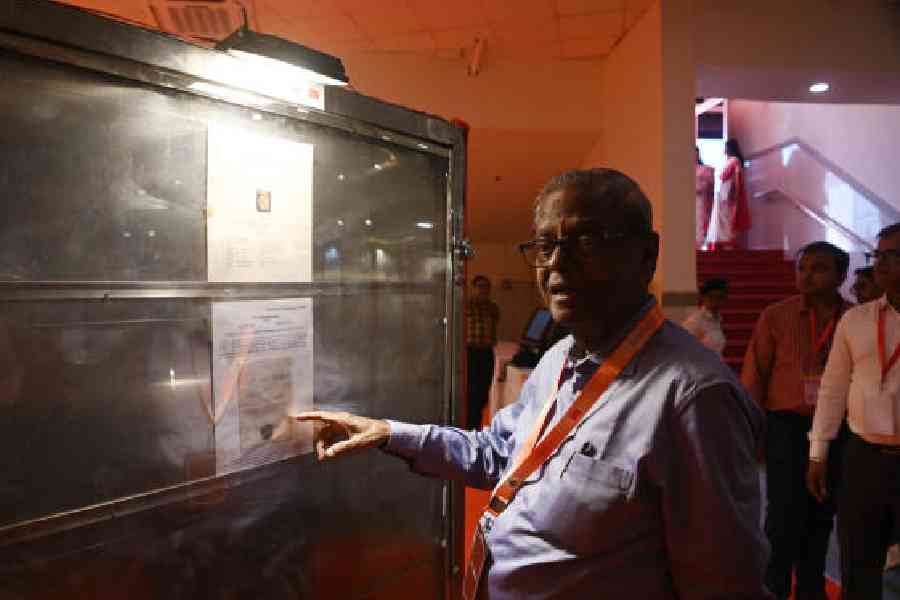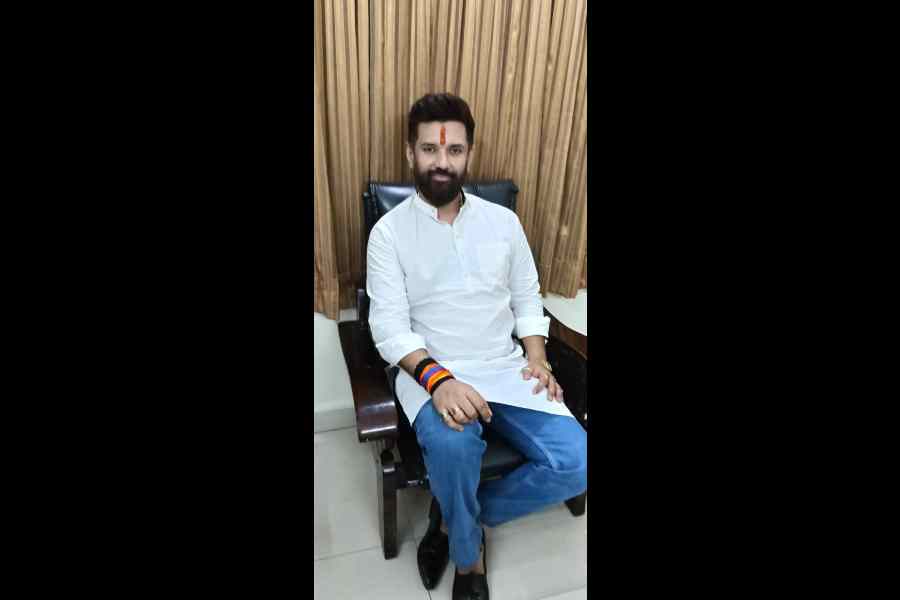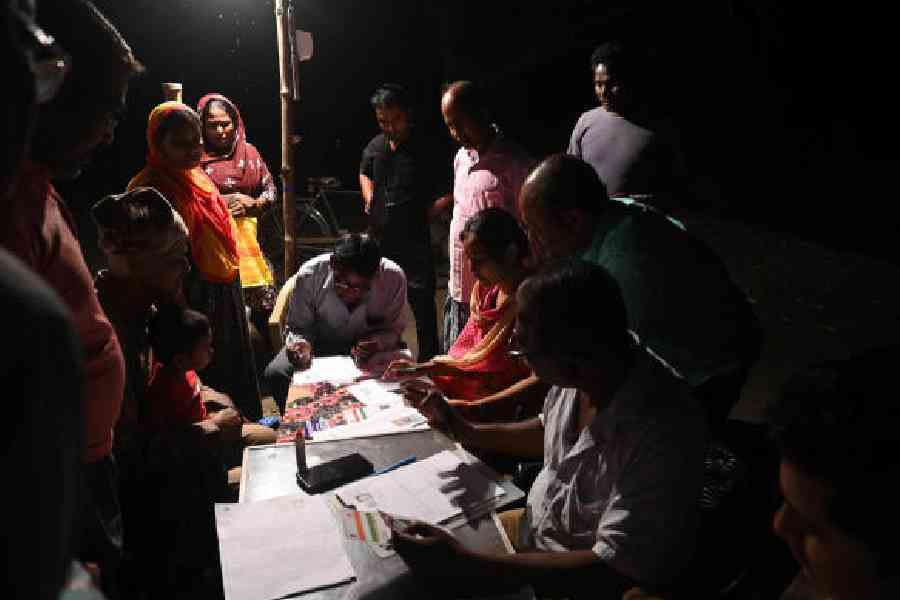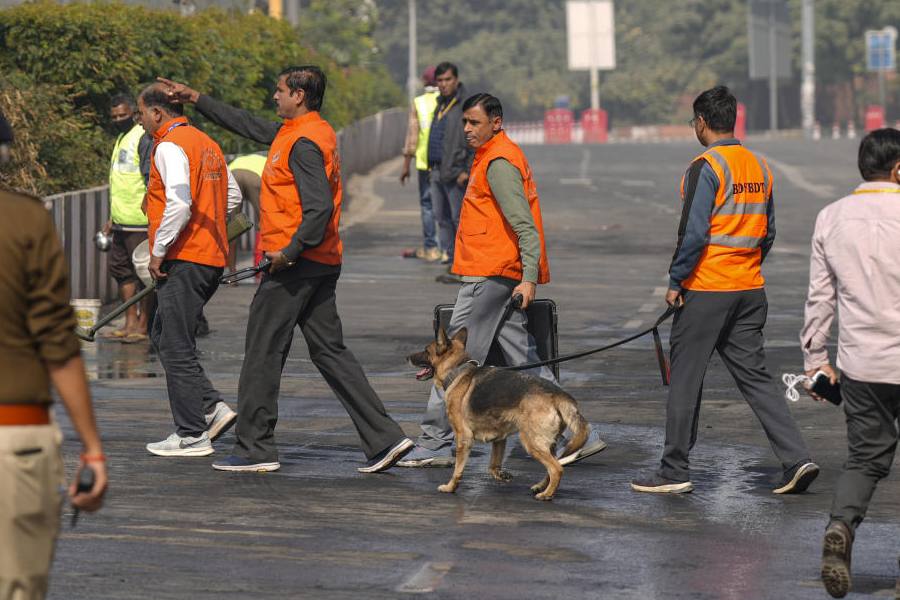A couple of exhibits at Bongopex, the ongoing philatelic exhibition at Science City, are so precious that the organisers, the West Bengal circle of India Post, have arranged for a vehicle for the collector to carry them home at the end of the viewing hours every evening.
“It is one of six covers that are known to exist. I am exhibiting it for the first time in India,” said S.C. Sukhani, an 85-year-old collector from Alipore who has multiple international philatelic awards to his credit.
The coveted exhibit is not a stamp but a cancellation. It is the first of any kind of Indian handstruck cancellations and the first of four Indian Bishopmarks, according to the description of the exhibit. The postmark was named after the man whose brainchild the cancellations were — Henry Bishop, the postmaster general of England. He introduced the world’s first known postmark in London in 1661, bearing the date and the month when the letter was received by the post office, ensuring a record of the time taken for despatch.
The Bishopmark was used in India first at the Calcutta GPO, according to a byrule dated January 17, 1774, and adopted soon after on March 31.
Sukhani’s exhibit is part of a lot dispatched from Calcutta to Dacca on February 2, 1775, addressed to Charles William Boughton, chief of the provincial council of revenue at Dacca, bearing a “postage paid” mark that is stamped and the value, 3 annas, that is handwritten. “The Bishopmark did not carry the year, only the date and month,” Sukhani pointed out.
The other exhibit of his is a 1854 stamp priced four annas which bears a classic error that makes it one of the rarest and most valuable of Indian stamps, of which only 28 specimens are known to exist.
In a broader sense, Sukhani explained, an “inverted head” or “invert” is a type of stamp error where a multi-coloured stamp’s colour or design element is printed upside down relative to the rest of the stamp.
“The original 1854 Four Annas stamps were some of the world’s first multi-coloured stamps, with the frame printed in red and the head in blue, requiring two separate passes through the printing press. The invert error occurred when some sheets were fed into the press upside down for the second colour application,” he said
The printing had taken place in Calcutta itself — at the Survey of India, which was renowned for printing maps. “My stamp is the sixth in a sheet of 12. One can make out the placement by reconstructing the watermark,” he said.
He recounts exhibiting it in Delhi in the 1980s and winning a gold medal. “The medal was of 18-carat gold. Gold is so costly that even that medal has to be preserved as carefully as the stamps now,” he smiled.
The invitee class at Bongopex also features Raunak Dutta’s error stamps in a birds of prey series. The 1992 series from India has wrong names in Hindi of the birds in two stamps, of which one also bears an incorrect postage. “The stamps in the series were all priced ₹2. This one had a Re1 denomination misprinted on it,“ Dutta said.
Other notable exhibits include one on the theme of postal history of India from 1854 to 1876 and on cancer.
Monday is the last day of Bongopex when the prizes in the competitive sections will be announced. It is also the last chance to witness slices of postal history on display.










